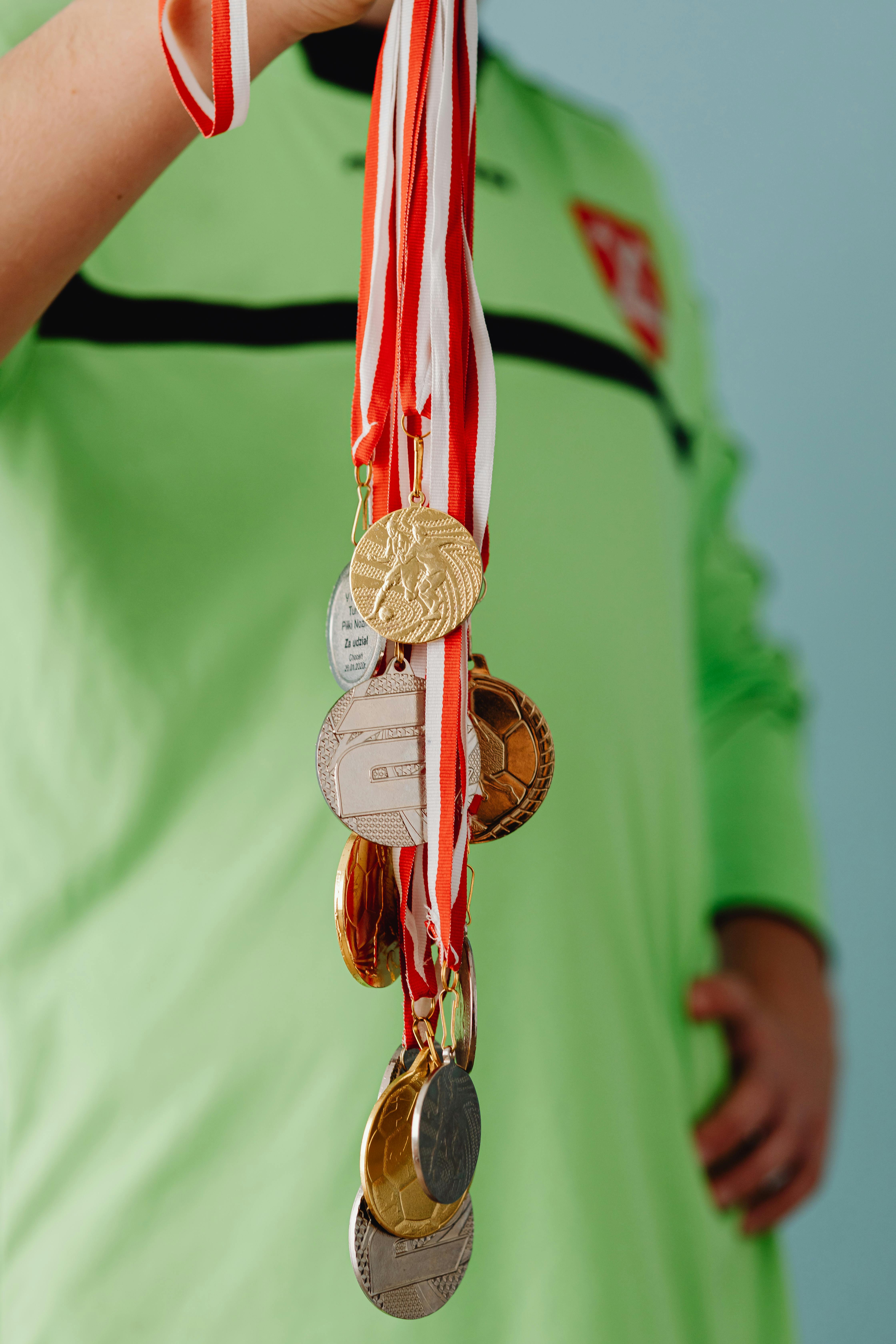
The Best Triathlon Preparation Guides For Next-Level Racing
Training for a triathlon brings a unique blend of challenge and excitement as you push yourself through each swim, bike ride, and run. Every session on the course builds strength, confidence, and a deeper understanding of what your body can achieve. When you follow helpful advice and a thoughtful training plan, you make steady progress toward your goals and experience every milestone with pride. Support and encouragement can turn tough days into opportunities and keep your motivation high as you prepare for race day. Find inspiration in your progress and celebrate the hard work that shapes your triathlon journey.
Diving into triathlon preparation opens up a world where discipline meets creativity. It’s all about discovering what works best for you and making those smart decisions that keep you ahead of the pack. This guide offers solid advice and practical tips that help refine each aspect of your training routine.
The Fundamental Components of Triathlon Training
Developing a strong triathlon training plan requires focusing on the key elements that improve your overall performance. Balancing the three disciplines—swimming, biking, and running—ensures that every session contributes directly to a better race day. Regular practice not only enhances physical endurance but also builds confidence to handle any race challenge.
Staying consistent with these approaches guarantees progress as you improve your skills. The foundation relies on several pillars, including:
- Swimming drills that enhance technique and strengthen the upper body
- Biking routines that boost leg power and efficiency
- Running workouts designed to increase speed and stamina
- Strength training to support overall muscle balance and prevent injuries
- Flexibility exercises and recovery sessions that keep your body in good shape
Selecting the Right Equipment and Technology Upgrades
Making smart choices about gear gives you a competitive advantage, turning strong training sessions into race-winning efforts. Modern equipment supports physical performance and lets you track progress accurately. Whether you upgrade a key piece of gear or explore a new tech solution, each decision moves you closer to better results.
Here are some essential items gaining popularity in the triathlon community:
- A high-accuracy *Garmin* watch that monitors heart rate and pace
- A state-of-the-art bike computer for real-time metrics
- *Zwift* compatible training gear to simulate real race conditions on indoor trainers
- Specialized running shoes designed for long distances
- Eco-friendly performance apparel that offers comfort in all weather conditions
Nutrition Plans to Reach Peak Performance
Every training session needs fuel, and eating the right foods can boost your energy without weighing you down. Maintaining a well-balanced diet helps you sustain effort during long workouts and recover faster afterward. Trying out different meals and snacks allows you to discover what works best for your body’s specific needs.
Focusing on proteins, carbohydrates, and healthy fats plays a vital role during intense training periods. Finding whole foods and hydration strategies that keep you alert throughout tough sessions is essential. Some athletes find that blending natural ingredients with sport-specific supplements helps maintain energy levels and shorten recovery time.
Preparing for Race Day: Tactics and Mental Readiness
Race day demands a well-thought-out plan that addresses both physical and mental challenges. Taking time to simulate race conditions during training helps set realistic expectations for the big day. From the moment you wake up, every action should support a calm yet focused mindset that carries you through the race.
Plan each segment of your race carefully, including checkpoints for transitions, pacing, and hydration. Visualizing success and practicing race routines followed by recovery activities encourage a competitive yet relaxed attitude. The more familiar you become with the race sequence, the smoother your experience on race day will be.
Common Mistakes and How to Prevent Them
A good plan also addresses common errors that can hurt your race day performance. Overtraining and skipping rest often lead to burnout, while poorly planned transitions can make a strong finish seem unreachable. Recognizing these mistakes early helps prevent them from sabotaging your efforts.
Keep these practical tips in mind to avoid setbacks:
- Avoid skipping recovery sessions or overloading your training schedule
- Don’t experiment with new gear or diets right before a major event
- Make sure to include warm-up and cool-down routines at the right times
- Balance high-energy efforts with smart pacing strategies to prevent tunnel vision
Training for a triathlon involves combining focused workouts with modern tools and an open mind to try new techniques. Putting effort into planning each workout, choosing the right equipment, and fueling your body with proper nutrition can make all the difference when race day arrives.
By understanding every aspect of training and race day, you can create a personalized plan and continue to make daily progress.